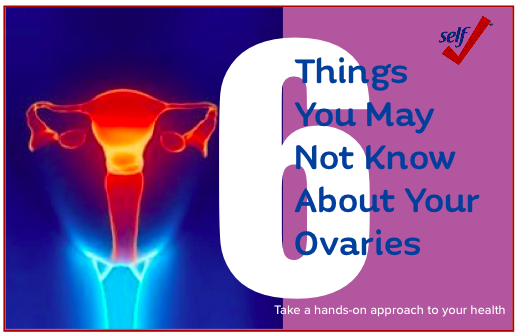Myths & Facts About Ovarian Cancer

MYTH:
There are no early symptoms.
FACT:
Many women with ovarian cancer do have early warning signs. However, common symptoms — abdominal pressure, fullness, swelling or bloating, urinary urgency and pelvic discomfort or pain — often mimic those of many other conditions.
With ovarian cancer, symptoms are likely to occur daily for weeks or months on end. Symptomatic women who have been treated for other health conditions and have not improved should schedule a follow-up visit with their doctor or seek a second opinion. Read more
MYTH:
Pap tests can detect ovarian cancer.
FACT:
Pap tests, also called Pap smears, are designed to detect cervical cancer, not ovarian cancer. Other exams and tests can help detect ovarian cancer but none are helpful for routine screening. Read about the CA-125 test
MYTH:
Most women with ovarian cancer have a family history of the disease.
FACT:
Only 10 to 15 percent of ovarian cancers are inherited. The most important risk factor for ovarian cancer is the presence of inherited mutations in breast cancer genes known as BRCA1 and BRCA2. See other risk factors.
MYTH:
Women who have had a hysterectomy can’t get ovarian cancer.
FACT:
During a hysterectomy, a surgeon removes the uterus and usually the cervix. In some cases, the fallopian tubes and ovaries are removed. If one or both ovaries are left intact, ovarian cancer is possible. There’s a very small chance of the disease, even when the ovaries are removed.
MYTH:
Ovarian cancer is always deadly.
FACT:
Ovarian cancer is a serious illness, but it’s not always deadly. When ovarian cancer is diagnosed and treated early, five-year survival rates are nearly 93 percent. Read more
Back to
YOUR OVARIES





